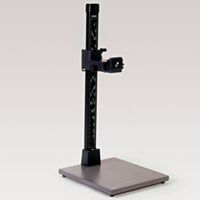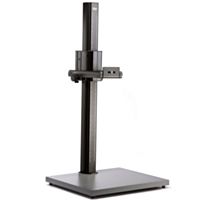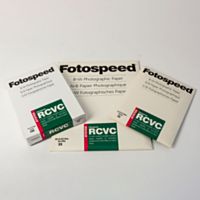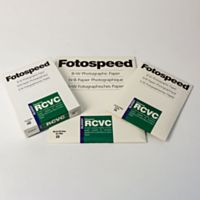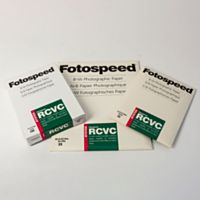How to Photograph Your Pets at Home
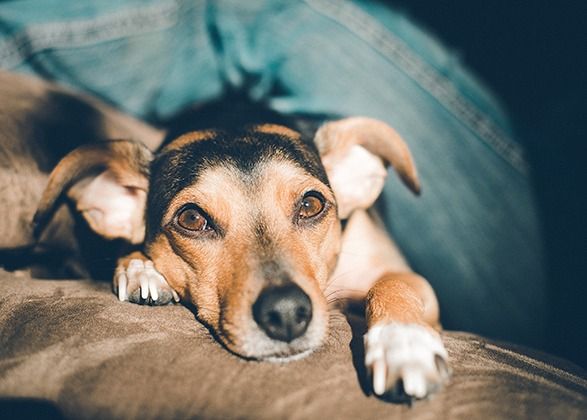
https://fotospeed.com/ebook/artofprintingWith the country being isolated, it's a very hard time for photographers to find things to shoot. Many are confined to their homes and gardens, and perhaps stuck to workstations, eager to find new and interesting focuses for their photography. If you have pets in your home, why not look at getting some candid shots of the furry friends of the family?
While this might not seem like the most exciting shoot you’ll take part in, photographing pets is something everyone in your home can get involved in, and the final images can be really great to print and place in your home. We’ve compiled a list of things to consider when photographing your furry friends, and also an alternative in case you don’t have pets.
Planning and Prep
It’s important to remember that animals have routines. You still need to pick the right time of day to get the best pictures of your pets. Dogs have set time for walks, food and naps. Cats tend to be less predictable but as your pet, you should know what it is they do around what time.
You should also have treats, toys and anything else your pet loves around you to reward them for doing a good job and to keep their attention. Also, be aware that your pet might not like having a camera shoved in their face constantly, so look to do it throughout the day in different areas of your home. It may take some time for your pet to get used to the sounds of your camera also. Animals have a higher sense of hearing than humans, so ensure your pet is happy to be photographed and isn’t under any stress.
Capture their personality

Image: Mikhail Vasilyev
While it is tempting to get a portrait shot of your pet looking directly at the camera, ready and waiting, it’s also a good idea to capture your pet in its natural habitat. All pets are different and what makes an interesting shot is capturing their personality on camera.
Take dogs as an example; they come in different shapes and sizes, and with that comes different personalities. Some dogs, perhaps older pooches, tend to love lying in their bed letting the days pass. A beautiful shot of them would be of them in bed resting, focusing on their older features.
Other dogs tend to be more upbeat, excitable, and from experience, in some cases rather dopey; but that’s why we love them. Getting some shots of your pet playing in the garden can make for a really beautiful image. Even getting some shots of your pet with the family can really add to that natural care-free feeling that’s the aim in any candid shot..
Get on their level

Image: Karlijn
It’s important to get down to the level of your pet to ensure a good photo. If you’re at your pets eye level, you’ll find your quality of shots become a lot better. It makes the subject more focused, and makes the subject the focus of attention. Imagine you’re photographing a person; you wouldn’t take a photo from above them. Taking a shot from above of your pet doesn’t really produce the same quality to the viewer, and makes it harder to get the perfect shot.
Use natural light

Image: Karlijn
Natural light is a good way to keep your pet calm. Bringing in bright lights and flash on your camera can unsettle your pet, cause red-eye, and won’t allow you to end up with the perfect final photo. Natural light also looks better, as it makes the image look a lot more natural also.
If you’re in a position where you can’t use natural light, it's always good to test how your pet reacts to the lights/flash before you start photographing.
No pets? No problem!

Image: Shane Young
If you don’t have any pets, there are other ways of photographing animals. You can look at leaving food in your garden, and wait to see what wildlife comes to take it. This is a good way to get pictures of birds, squirrels or insects, dependent on what food you leave out.
Remember, if you’re not photographing a pet or insects, these animals won’t take too kindly to being spotted so it's important that you set yourself in a position where you won’t disturb them. Keep a good distance between yourself and the food, but make sure you’re in a position good enough to get a good shot.
Check out our Q&A with animal photography Elke Vogelsang here and for the latest news and offers, sign up to our newsletter here.
Want to learn more about printing or photography? Sign up to our newsletter for the latest insights from the experts at Fotospeed!


